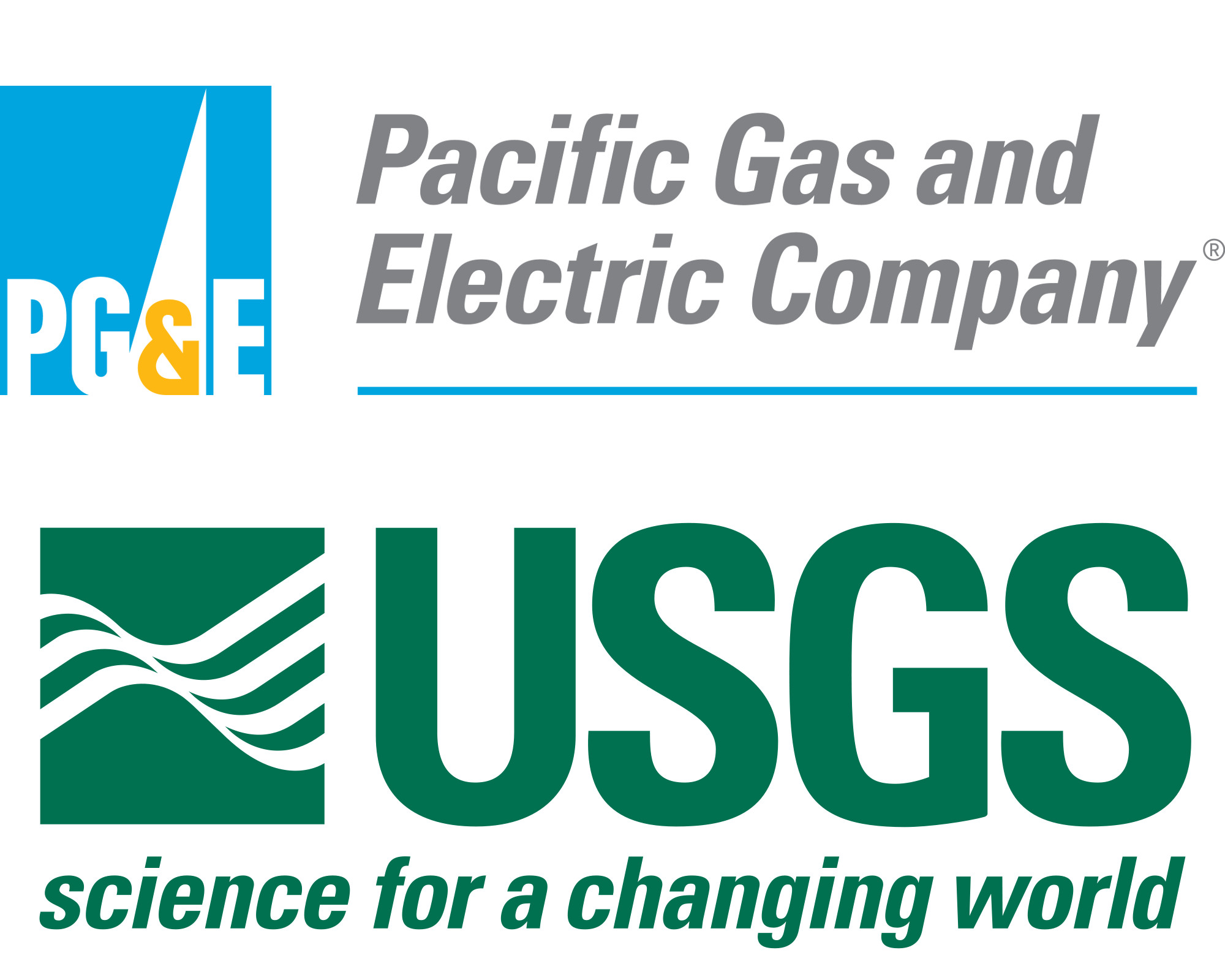1. What costs need to be budgeted in my proposal to use the field sites?
- Travel costs for UCSB personnel if time spent at the field sites is more than two days in any month.
- Travel costs for researchers and students to visit UCSB for 1-2 days to train on the NEES@UCSB data acquisition systems and field equipment.
- Travel costs for researchers and students during work at the field sites.
- Configuration costs for adapting new sensors to the data acquisition systems. This would include connectors and wiring costs, any additional power supply needs not already available, any machine and electronics shop costs to build these items. Current rates can be obtained from the site operations manager.
- Costs for rental of heavy equipment if needed for modification of the SFSI structure or work at the site. (fork lift, ditch witch, bobcat, drill rigs, etc…) Current rates should be obtained from the site operations manager.
- Costs for extra personnel if needed when working in the field, including hourly rates and per diem. UCSB has a pool of undergraduate lab assistants that could be used for field work provided advanced notice. Typical hourly rates are to /hour and /day plus per diem. Contact operations manager for current hourly rates.
- Costs for replacement or repair of the SFSI structure if destructive testing is planned. These costs can be estimated from the construction report and design drawing available online. Contact the site operations manager for more details.
2. Will I be able to connect my specialty sensor into your data acquisition system and what do I need to consider?
- Most user sensors that generate analog voltage out, or output data over an Ethernet data connection should be easily connected to the in-place DAQ system.
- Spare Q330 Datalogger channels accept fully-differential +/-20V analog input (input impedance greater than 60K) to generate full-range 24-bit data (see Q330 documentation for full input specification). The user should also review the Site Instrumentation Guide and the Q330 documentation to be familiar with the connector configurations.
- For network ready sensors (or user supplied dataloggers) the local network can supply a DHCP address or a static address can be requested from the UCSB staff.
3. What power is available at the field sites for using tools, computers, etc?
- Forthcoming...
4. What facilities are available at the field sites?
- This information can be found in the site access documentation. .
5. How long does it take to get to the field sites from UCSB, Los Angeles, San Diego?
- From UCSB: 4 hours to GVDA and 5.5 hours to WLA
- From Los Anegles: 3 hours to GVDA and 4.5 hours to WLA
- From San Diego: 2.5 hours to GVDA and 2.5 hours to WLA
6. Where should researchers stay when visiting and using the field sites?
GVDA
Best Western 2625 W Florida Ave,
Hemet, CA
909-925-7095
WLA
575 West Main
Street Brawley, CA 92227-2246
(760) 344-119
7. Can I shake the SFSI structure to failure?
- The SFSI structure can be shaken to failure provided that costs are budgeted to repair or replace the structure.
- These costs as well as a list of potential damages and the required repair can be found in the SFSI Construction Report.
8. How many spare channels are there for additional sensors?
- At least 6 additional channels of data are available at both the GVDA and WLA sites.
- More channels can be made available upon request but may require additional cost to the proposal.
9. What kind of vehicle is needed to get to the field sites?
- 4-wheel drive vehicles may be needed depending on the weather conditions at both WLA and GVDA.
- Typically only standard 2-wheel drive vehicles are used under normal conditions.
10. Can blasting be used as an active source at the field sites?
- Blasting has not been done previously at the sites.
- NEES@UCSB has developed an excellent working relationship with the land owners at the two field sites. In order to preserve that relationship, all requests for blasting must be made through the site operations manager well in advance.
- Depending on the scope of the blasting the property owners may or may not allow it. This would be on a case-by-case basis.
- If a proposal requires the use of blasting, we recommend contacting the site operations manager at least 3 months in advance of the proposal due date with a detailed blasting plan in order to confirm the ability to use blasting.
- Shakers have been used at both sites and are a preferred active source as they are easier to permit.
11. How much open space is available at the field sites?
- The GVDA site is within a 80 x 80 meter fenced compound at the Lake Hemet campground. There is adequate space within this compound for bringing in large trucks and cranes, or for doing additional testing or geotechnical investigations. Larger experiments that span the valley floor (10 km x 3 km) may be possible but require a significant lead time in permitting sites, and will depend on site use. See the August 2004 experiment web page for an example of previous site use. more...
- The WLA site is slightly more restrictive than the GVDA site. First is located on a wildlife management area owned by the California department of fish and game. There is about a 30 meter square area where existing instrumentation is in place. Parking space is available for about 5 vehicles. There is an access road for large trucks but this road can become almost impassable in foul weather. more... hankr - todo If additional space is needed, a request must be made well in advance, as significant permitting time may be needed depending on the use.
- Space needs should be discussed with the site operations manager in advance.

